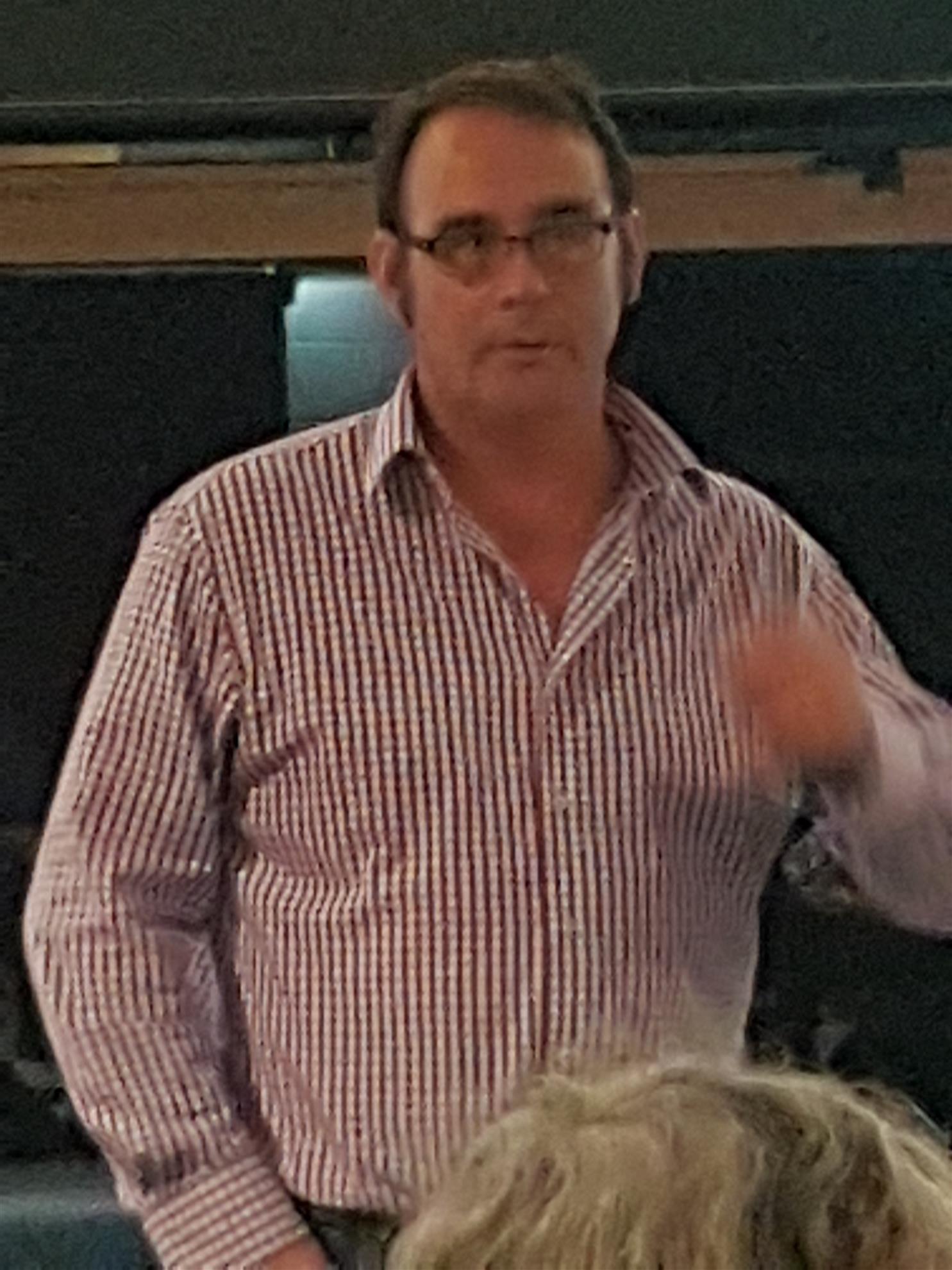Justin O’Sullivan – Liggins Institute
Our guest speaker at our Tuesday evening meeting at Remuera golf club was Associate Professor Justin O’Sullivan from the Liggins Institute. Justin is the associate Director for Research at the Liggins Institute.
Justin’s research group looks into genomes and cell structure formation, function and inheritance. His research group’s goal is to interpret the relationships between a cell’s DNA code for (the genotype) and what we actually see (the phenotype) in terms of genome biology. That is achieved by using and developing methods and technologies from molecular biology, bioinformatics, and computational biology to integrate the spatial organisation of genomes with measures of their function. (This was unashamedly lifted from Justin’s biography on the Liggins Institute website).
Justin’s address took us through the mysteries of DNA. And the attempts to understand the rules by which DNA work. What does and how it is made up are well-known but how it works is not.
In a very interesting address Justin took us through facial recognition derived from DNA, how DNA can be used as a predictor for Huntington’s disease.
This is because Huntington’s disease G known as expressed in all cells in the human body and people with Huntington’s disease show liver changes well before other symptoms appearit follows that if a persons DNA shows a propensity to Huntington’s disease then that can be followed up well in advance of symptoms appearing.
Similarly it is possible in future for DNA to be used as predictor for other diseases such as type I diabetes and similar.
Justin also told us that depending on the circumstances DNA can refold itself if that is the correct expression and act differently depending on how it is folded. To demonstrate the concept Justin gave us some plastic balls which changed colour when they were tossed from hand to hand. That demonstration summed up what was for the writer a slightly more difficult concept to understand.
Justin’s address was enthusiastically received by those members present and generated a significant number of questions.
Thank you Justin
